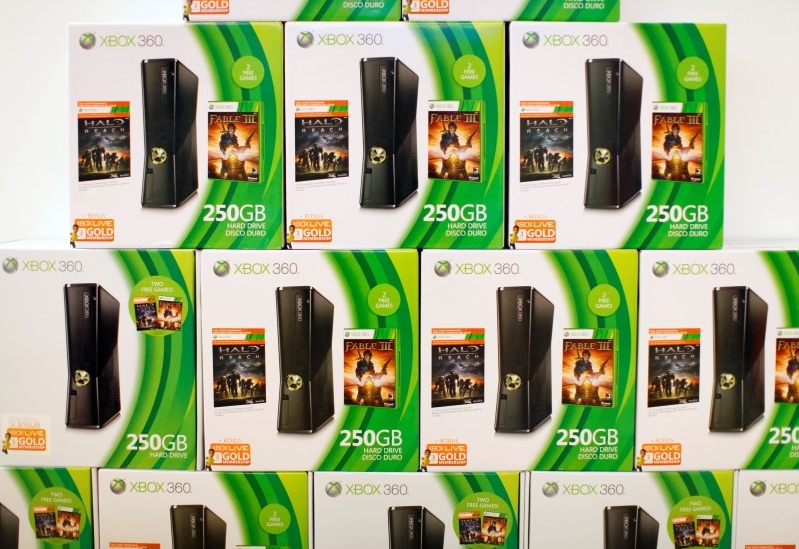
For the past few weeks, the buzz about Sony's follow-up to the PlayStation 4 has been generating. But, it seems Sony is not the only company looking to release a new console since Microsoft is also thinking about the next step for its Xbox line.
Last month, Phil Spencer, the head of Microsoft's Xbox division addressed the rumors about the company working on a new console. Although he did not directly confirm its development, he noted that if the new model does materialize, then it will be significantly better than the Xbox One.
But, unlike rumors about Sony, which are referring to its next console like the PlayStation 4.5, Spencer noted that the new gaming device will not just be an update. This means it could be called as the Xbox Two.
"I'm not a big fan of Xbox One and a half," he told Gamespot. For us, our box is doing well. It performs, it's reliable, the servers are doing well. If we're going to go forward with anything, like I said, I want it to be a really substantial change for people - an upgrade."
Spencer, however, did not go into detail regarding the exact features of the potential Xbox Two. But, as noted by Christian Times, it could come with 4K resolution support, just like the PS4.5. But aside from this, the Xbox Two could also feature another type of support for Microsoft's other products. Specifically, the new console could also feature an ability that will allow it to connect to the Windows 10 operating system.
Another possible feature of the Xbox Two is backwards compatibility. If this happens, it will probably not come as a surprise since Microsoft already unveiled this feature for the Xbox One, which then allowed gamers to play their Xbox 360 games on the current-gen console.
Of course, with a new device, gamers can also expect to see a redesigned controller for the Xbox Two.
As for its release date, various sources are suggesting that if Microsoft does proceed with developing the Xbox Two, then it will probably come out sometime in 2019 or 2020. Although this may seem like a long time, it still falls within the timeframe between the releases of the Xbox 360 and the Xbox One, which were in 2005 and 2013 respectively.







